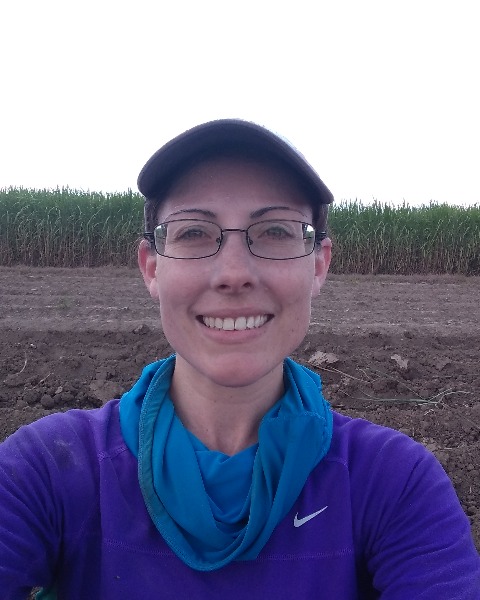Plant-Insect Ecosystems
10-Minute Paper
Lawn mullets: Comparing homeowner attitudes regarding pollinator-friendly lawncare practices in front and back yards

Hannah J. Penn
Research Entomologist
USDA-ARS
Houma, Louisiana- JP
Jerrod M. Penn
Assistant Professor
Louisiana State University Agricultural Center
Baton Rouge, Louisiana 
Jonathan L. Larson
Assistant Professor, Extension
University of Kentucky
Lexington, Kentucky- WH
Wuyang Hu
Professor and AEDE Honors Coordinator
The Ohio State University
Columbus, Ohio
Presenting Author(s)
Co-Author(s)
The loss of habitat can have negative consequences for pollinator conservation. In suburban areas, habitat loss is principally due to the growing predominance of turfgrass. Given that the average US residential yard planted to turfgrass is limited in terms of forage and has potential exposure to pesticides, these areas would be well-suited to pollinator-friendly transformation. However, the decision to maintain a yard in turfgrass can be driven by aesthetics and social desirability. To evaluate these factors, we conducted a national survey where we evaluated homeowner willingness to change the following lawncare practices: allowing flowering weeds to bloom; decreasing the number of pesticide applications; delaying pesticide applications until after mowing; and planting 3, 6, or 12 1-gallon pot sized pollinator plants. We assessed if the willingness to implement these practices differed between the front and back yards or between their own yard and a neighbor’s yard. Our results show conflicting social pressures between a desire to maintain landscaping appearances with the willingness to conserve pollinators within a residential area. We found that homeowners were more willing to implement pollinator-friendly practices in their back yards compared to the front yards. Furthermore, we found that homeowners were even more accepting of their neighbors’ implementation compared to their own, following the same front/back yard dynamics. Pollinator-friendly lawncare practices like the lawn mullet where the front yard is maintained according to neighbor expectations and the back yard can be used as wildlife habitat, might ease the social pressures felt by homeowners interested in pollinator conservation.

